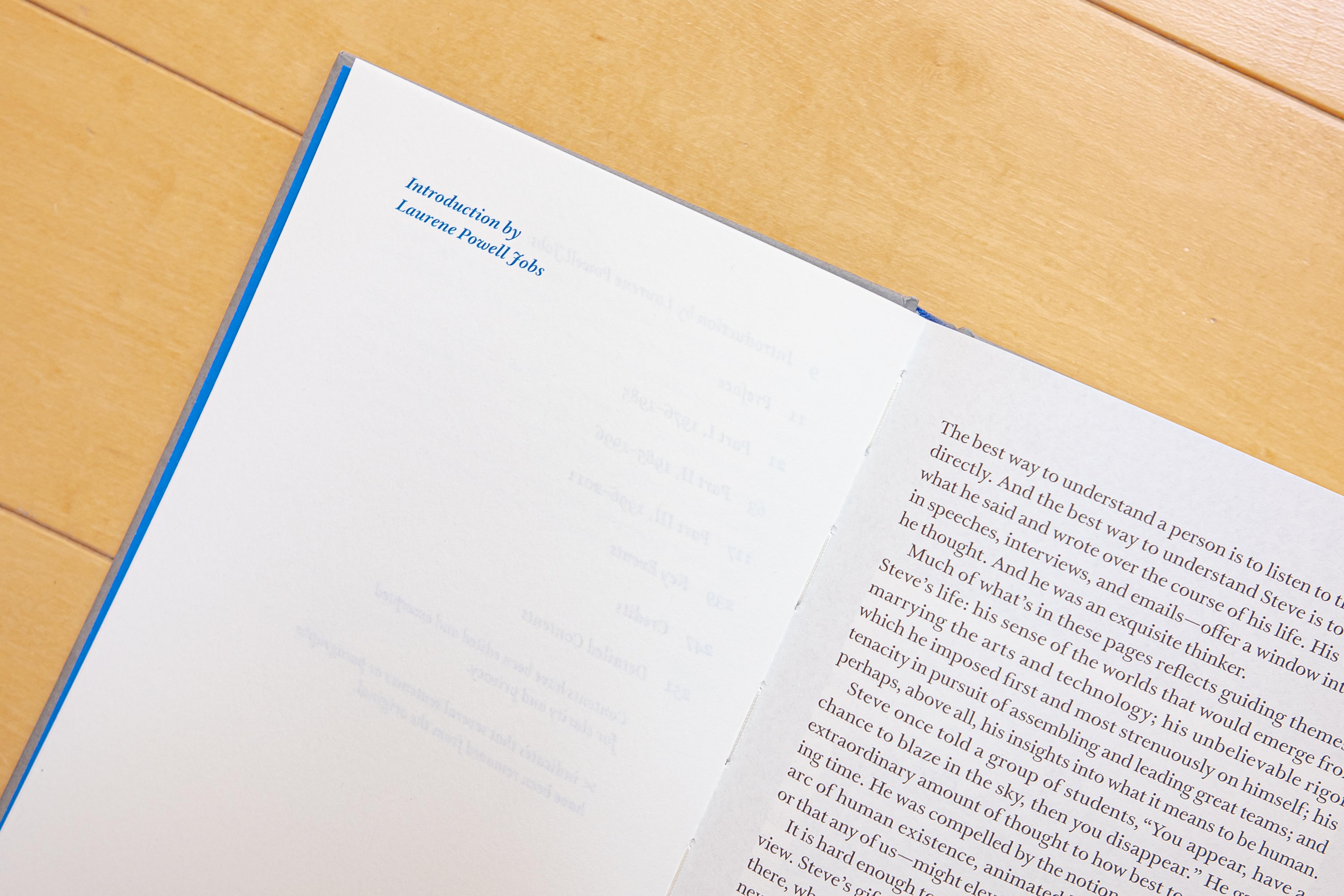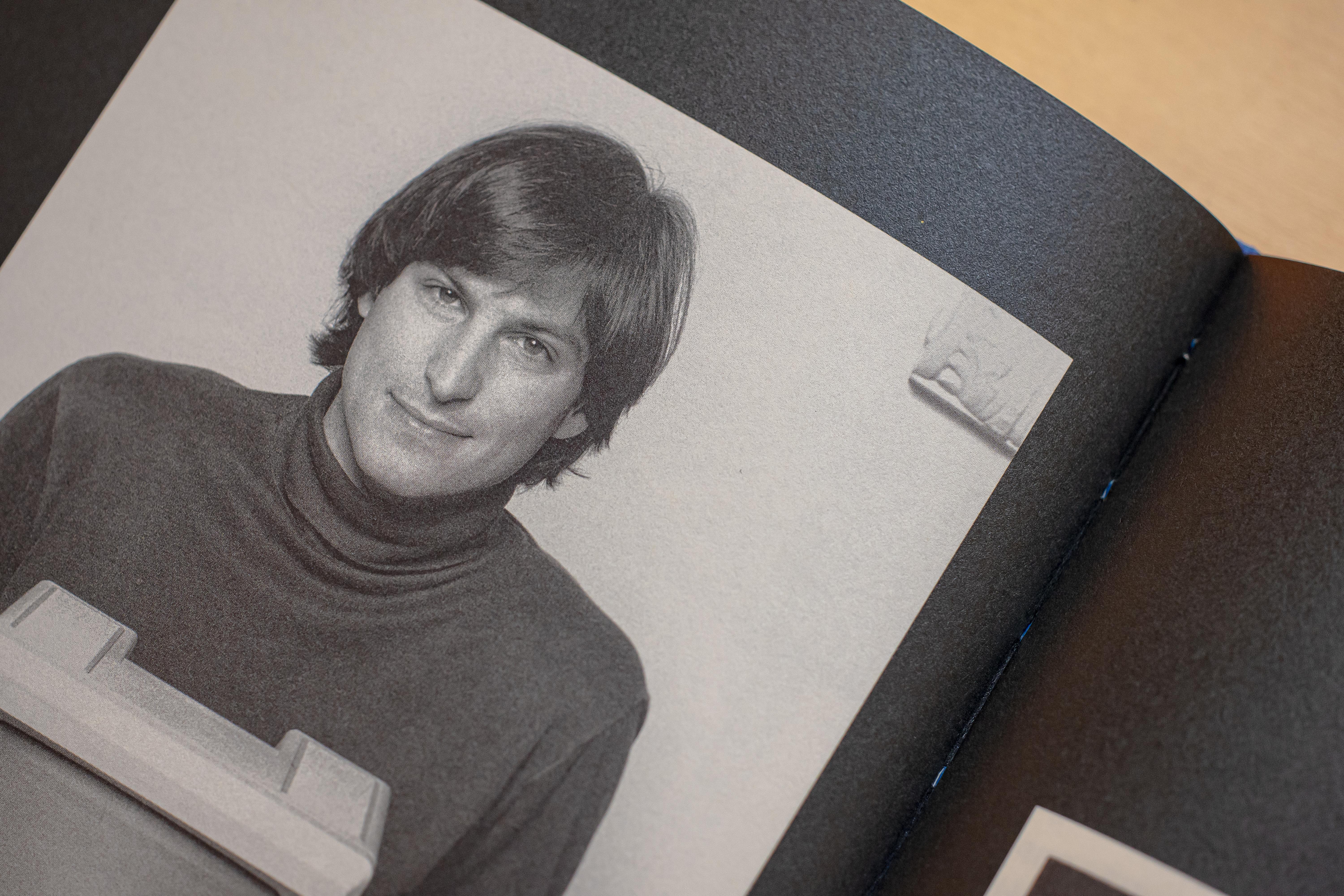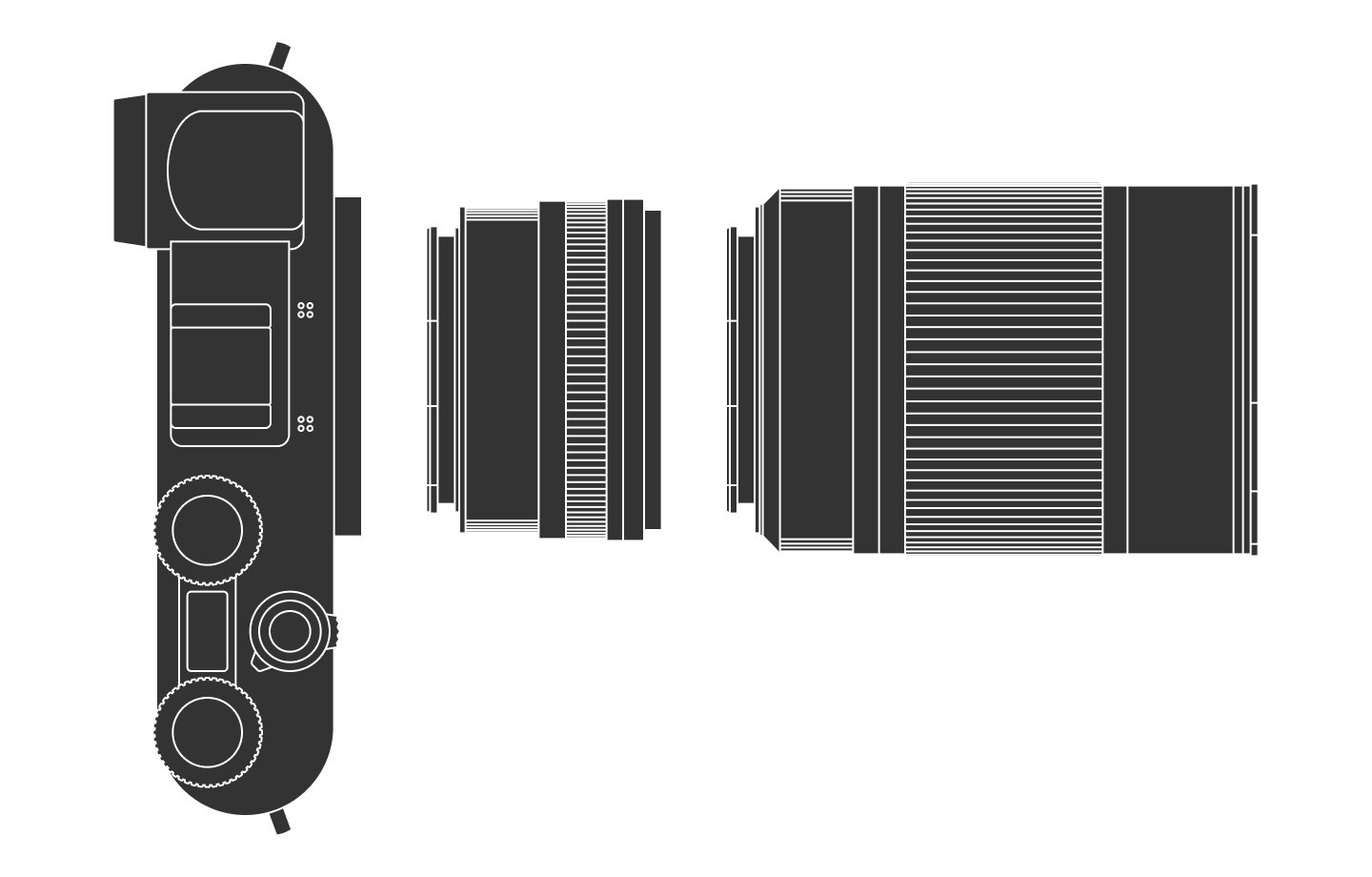
Make Something Wonderful
8 min read Jun 4, 2023
Recently, the Steve Jobs Archive (SJA) surprised us all with a gift, Make Something Wonderful. There have been biographies and movies about Steve Jobs, but this tiny book takes a different approach. The book is a chronological compilation of Steve’s words from the beginning of his career to the end of his life. The lessons to learn are left up to the reader to discover.
It was made available to the public as an excellent web experience and eBook. Physical copies were given to Apple and Disney employees. Prices on eBay were exorbitant at first, but are starting to settle to attainable prices.
Though most involved in the creation of the book are left unnamed, Leslie Berlin is mentioned as editor. A historian for the Silicon Valley Archives at Stanford, she has written several books, including a biography of one of Steve’s mentors, Robert Noyce. LoveFrom,(the design firm Jony Ive started after leaving Apple) was involved in design, while Work & Co helped with the digital version.
The physical book

The cover
The physical book, is nothing short of what you would expect for something bearing Steve’s name. It’s case bound and wrapped in mottled gray paper, a slight difference to the cloth-wrapped book that is depicted on the SJA website.
The cover is dominated by a reproduction of a Polaroid of young Steve. The Polaroid feels real, right down to the indented, glossy photograph and the matte textured frame around it.

The title, subtitle, and SJA logo are letterpressed in white and black. The spine features the same title and subtitle, but with the SJA wordmark.

The bright blue headband provides a pop and hints at what appears within.

The pages within
The centerpiece of the visual system employed across the print and digital versions of the book is LoveFrom, Serif. The typeface, which LoveFrom, has been employing across its portfolio of work, is a modern reinterpretation of Baskerville.

The endpapers and the page starting each chapter are bathed in the same blue as the headband.

Titles, notes from the editor, and page numbers additionally appear in blue.

Occasionally, the text contains a blue scissors symbol, denoting that text was removed for brevity.

Photographs and documents are interspersed, appearing on black backdrops.

The quality of the book encourages me to pull it off the shelf and flip through its pages.
The web experience
The web experience begins with a gray background and a black SJA logo. Up comes a polaroid, which develops over seconds to reveal the photograph of Steve. Below, the title and subtitle appear.
The physical version is echoed in the use of typography, and color. The content is the same aside for minute differences, such as different cropping of the photographs.
That’s where the similarities end. The web version is an experience, more than a book. Scroll down and the title above changes to reflect the current chapter and a progress bar appears to the right to display progress.
Hovering over the progress bar reveals the chapter titles and encourages interaction. Clicking on the progress bar momentarily zooms out to scroll to the selected chapter, giving the page a sense of tangibility.
Clicking and holding on the progress bar zooms out again, but this time enables scrubbing through as if the site were a video timeline.
Visit the experience after leaving and it brings you back to where you last left off.
These subtle, considered details work just like the individual elements of the physical version. They encourage me to read and browse around.
The content
Laurene’s introduction
Towards the beginning of the book is an introduction by Steve’s wife, Laurene Powell Jobs, which I’ve reproduced in its entirety below. There simply is no better summary of Make Something Wonderful.
The best way to understand a person is to listen to that person directly. And the best way to understand Steve is to listen to what he said and wrote over the course of his life. His words—in speeches, interviews, and emails—offer a window into how he thought. And he was an exquisite thinker.
Much of what’s in these pages reflects guiding themes of Steve’s life: his sense of the worlds that would emerge from marrying the arts and technology; his unbelievable rigor, which he imposed first and most strenuously on himself; his tenacity in pursuit of assembling and leading great teams; and perhaps, above all, his insights into what it means to be human.
Steve once told a group of students, “You appear, have a chance to blaze in the sky, then you disappear.” He gave an extraordinary amount of thought to how best to use our fleeting time. He was compelled by the notion of being part of the arc of human existence, animated by the thought that he—or that any of us—might elevate or expedite human progress.
It is hard enough to see what is already there, to gain a clear view. Steve’s gift was greater still: he saw clearly what was not there, what could be there, what had to be there. His mind was never a captive of reality. Quite the contrary: he imagined what reality lacked and set out to remedy it. His ideas were not arguments, but intuitions, born of a true inner freedom and an epic sense of possibility.
In these pages, Steve drafts and refines. He stumbles, grows, and changes. But always, always, he retains that sense of possibility. I hope these selections ignite in you the understanding that drove him: that everything that makes up what we call life was made by people no smarter, no more capable, than we are; that our world is not fixed—and so we can change it for the better.
Themes and lessons
The book begins with words from Steve in 2007, the first paragraph of which gives the book its name.
There’s lots of ways to be, as a person. And some people express their deep appreciation in different ways. But one of the ways that I believe people express their appreciation to the rest of humanity is to make something wonderful and put it out there.
The idea of expressing appreciation for others through making wonderful things is his answer to a question he touches on repeatedly throughout the book — the question of what to do with the limited life he has. You may have heard him speak of death in his iconic 2005 Stanford Commencement speech. The most elegant instance of this idea comes from a speech he gave to Palo Alto High School graduates nine years earlier.
Think of your life as a rainbow arcing across the horizon of this world. You appear, have a chance to blaze in the sky, then you disappear.
He continues by advising the graduates to have as few regrets as possible. He then differentiates regrets and mistakes, which he repeatedly considers a natural way of learning.
Twelve years earlier while speaking to Mike Moritz, he attributed mistakes as the spruce of his good taste in design.
Well, things get more refined as you make mistakes. I’ve had a chance to make a lot of mistakes. Your aesthetics get better as you make mistakes.
The kicker follows.
But the real big thing is: if you’re going to make something, it doesn’t take any more energy—and rarely does it take more money—to make it really great. All it takes is a little more time. Not that much more. And a willingness to do so, a willingness to persevere until it’s really great.
Looking back, we can see how this key insight propelled Apple from near death in the late 90s to the success it is today, blending beautiful design with high technology.
In the 2005 Stanford Commencement speech he recounted how dropping in on calligraphy classes at Reed College later helped bring beautiful typography to the Macintosh. He used it as proof that, “you can’t connect the dots looking forward; you can only connect them looking backwards.” Steve brought up this idea over and over — at Reed College in 1991, at Palo Alto High School in 1996, and of course at Stanford in 2005.
Pick any idea Steve mentions and you’ll find it again and again throughout his life. What you see in Make Something Wonderful is Steve’s process of observation, learning, and revision. His world view and vision of a brighter future sharpen as he tries and makes mistakes.
Add to that the sheer amount of time covered in the book. Many of Apple’s breakthrough ideas like the iPhone were there in Steve’s words, but took decades to come to fruition.
My takeaway
Steve Jobs, and his focus on making wonderful products changed my life from the moment I held in my hand my first iPod nearly two decades ago.
This book taught me that my life is just a blip in the timeline of humanity. It is up to me to decide how I will use it. Steve’s words show not just what can happen if I dedicate myself to making something wonderful. They also show the tremendous amount of hard work and time that it can take.
Make Something Wonderful will remind me to follow my curiosity and to keep trying and failing.
Camera setup

Thanks to Q for reading drafts of this.